Tom Harper's Leeds: New exhibition about history of policing as author Chris Nickson 'retires' Yorkshire detective
Chris, who is 69, was born and bred in Leeds, but somewhere along the way found himself in the US for 30 years. He has been a music journalist, a broadcaster, played in a few bands, and has by his own account published long yards of fairly disposable non-fiction. Rather more remarkably, he has also notched up 26 historical novels, including his 11-book series about the Leeds policeman Tom Harper.
We are here to honour Harper’s last stand. Having been introduced as a Detective Inspector in Gods of Gold, he is now bowing out in the final book, Rusted Souls, as Chief Constable of Leeds.
Advertisement
Hide AdAdvertisement
Hide AdLocal history librarians Rhian Isaac and Antony Ramm join us to talk about an accompanying exhibition in the library, entitled A Copper’s Eye, Tom Harper’s Leeds, 1890 to 1920.
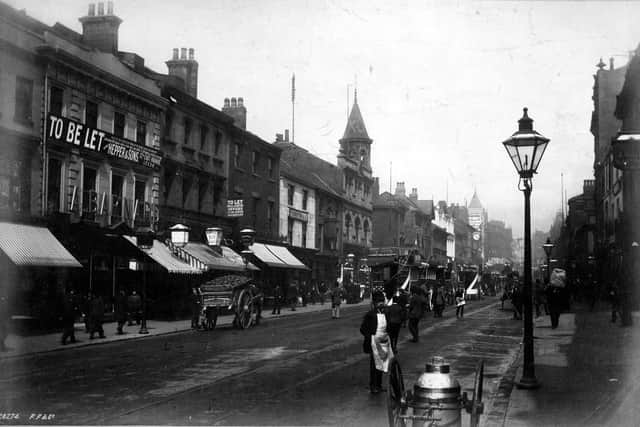

This will showcase vintage photographs from the Leodis archive.
“It’s a chance to encapsulate 30 years of Leeds history and featuring a lot of incidents people don’t know happened, like the RAF exhibition in Roundhay Park in 1919,” says Chris.
“It was up there for two months, it was a huge thing, and you could take a balloon ride, it was like a barrage balloon, a huge thing, for ten and sixpence. They also had the guns from fighter aircraft aimed at a pit and you could actually fire them, real bullets into the pit for a shilling.
Advertisement
Hide AdAdvertisement
Hide Ad“Research is never wasted,” he adds. “Certainly, Leeds research isn’t for me.”
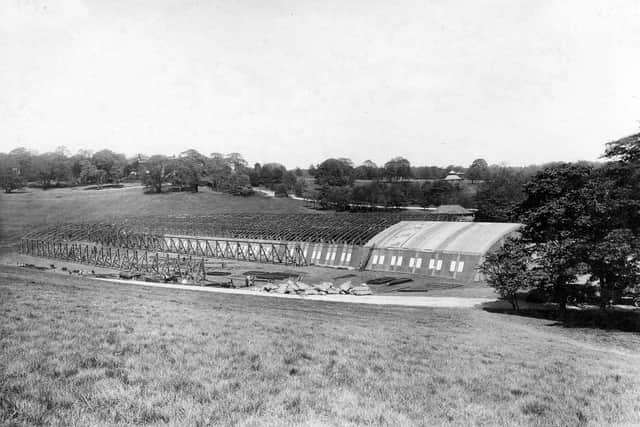

This is good news for the library. Rhian Isaac puts it this way: “I think for us it is the fact that someone has come in doing academic research and doing something really creative and we feel this would bring Leeds’s history to a much wider audience, so that’s why we were interested.”
Chris is always in the library, asking questions, digging out old documents and photographs.
“We can’t get rid of him!” Rhian jokes.
“We don’t want to,” chips in Anthony.
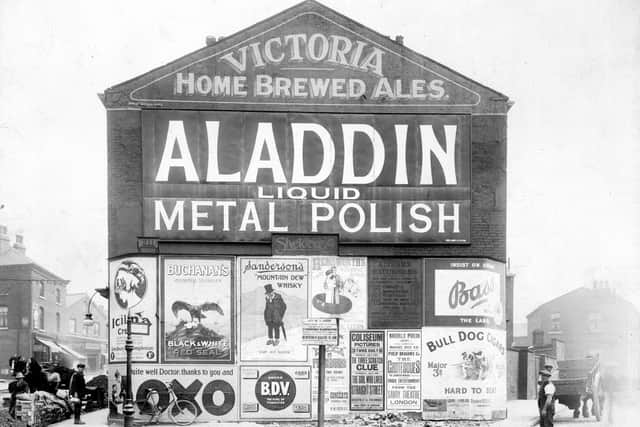

Chris uses family history resources in a creative and interesting way, Anthony adds: “Maps, photographs and even trade directories and electoral rolls, things that are quite dry, bringing them to life. Newspapers of course as well, prints, playbills, and all sort of other materials.”
Advertisement
Hide AdAdvertisement
Hide AdThe exhibition will also explore the real-life historical figures who pepper the novels. These include the socialist Tom McGuire, the social reformer and suffragist Isabella Ford, the folksong collector Frank Kidson, and Owen Madden, the New York gangster born in a Leeds slum.
All glance off the fictional Tom Harper, although Madden is given a different name and returns to Leeds, something that did not happen.
Chris says the exhibition will be “as much a showcase for what the library has as it is for me. Without the library material, it wouldn’t be worthwhile”.
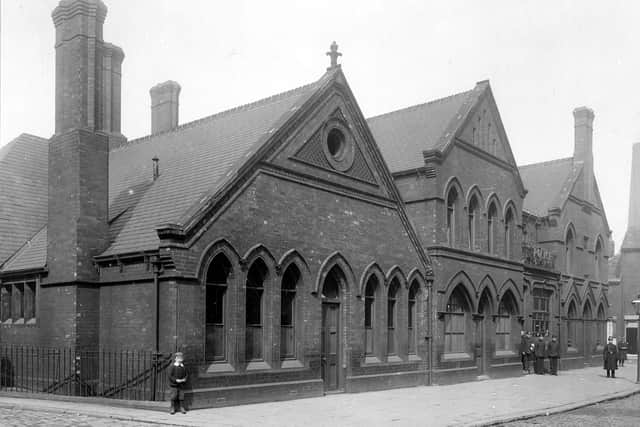

With that Rhian and Anthony leave to carry on with their day, and we settle down to talk in more detail about Tom Harper, after a diversionary chat about the musician John Martyn; Chris has written a book about him, too.
Advertisement
Hide AdAdvertisement
Hide AdOver the course of the Tom Harper novels, Chris weaves Harper and his wife Annabelle into the history of Leeds, and in doing so has created something greater than he perhaps imagined.
“At the risk of sounding too grandiose and pretentious, I realised that in the end these books, apart from being crime novels and I hope they are good crime novels and entertaining, they’ve also become the history of a family, and also a chronicle of how Leeds changes and grows in that time.
“I didn’t set out with that aim, it’s just kind of how it happened.”
In Rusted Souls, Harper is weeks away from retirement, but crime and mayhem have no regard for his distinguished 40-year career.
Advertisement
Hide AdAdvertisement
Hide AdThe irascible council leader Alderman Thompson is being blackmailed. He wants Harper to find the love letters he sent to a young woman called Charlotte Radcliffe and return them discreetly.
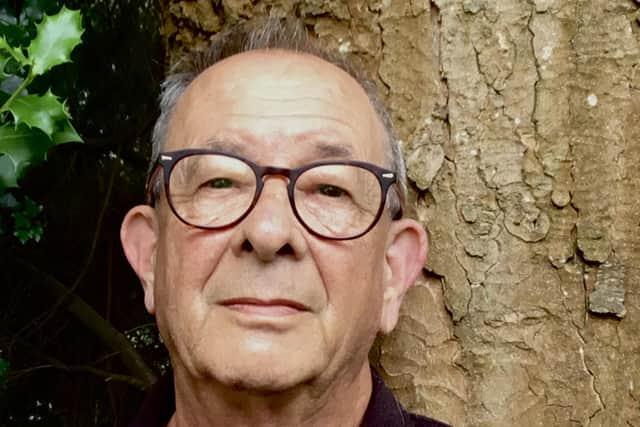

Elsewhere, a gang of female shoplifters is set to descend on Leeds, and an armed gang of masked men is robbing jewellery shops in the city.
In a satisfying twist, there is a Robin Hood element to this violent band of brothers, although to say more would be to drop a spoiler.
Rusted Souls is well plotted and written cleanly. The historical research is carried lightly, and although everything feels and sounds just right, it is a long way from being a history lecture. For much of the novel, Chris uses dialogue as a motor to his story.
Advertisement
Hide AdAdvertisement
Hide Ad“I think dialogue is the best way of getting to know a character and you can indicate a lot of what’s going on in their heads without going into great detail,” he says.
The book’s conclusion is moving, thanks to the winding down of Tom’s long career and to the dementia that is drawing the curtains on Annabelle Harper’s life.
Was wrapping it all up emotional for Chris? “Very,” he says.
“That’s the second version of that book. I finished the first one and put in aside for a while to marinate and I kept putting it off and putting if off. I finally realised this is not the book that they deserve, because Anabelle is the emotional lynchpin of the whole series for me. I thought they want something better than this that’s not all blazing action, so I just started right over.”
Advertisement
Hide AdAdvertisement
Hide AdAnd Tom is definitely retiring. Chris considered bringing him back, the way Ian Rankin does with his ageing Edinburgh cop Rebus. “But I thought no. You know what, he’s earned his rest.”
Chris began the series with the Leeds gas strike of 1890.
“The workers won in three days,” he says. “They were basically locked out and the corporation wanted to rehire them, on lower wages and longer hours. And the fact that they won in three days, that was worth celebrating. That was my starting point, created by the incident, arbitrary really.”
Chris is also the first writer in residence for Abbey House Museum. His own genealogy saw his family arrive in Leeds from Westow, near Malton, around 200 years ago. Chris nods to those origins in his Simon Westow novels, set in the 1820s and concerning a Leeds thief-taker. A new Westow novel is due out in the spring, while another is already being worked on.
In writing about Leeds, Chris feels as if he is digging into his own DNA. “I bloody love this city,”, he says on his website. Wrapping up in the library, he adds: “If I’ve managed to bring Leeds alive, and if people believe they’ve heard those voices, walked those streets, smelled those smells, then I’ve done a good job.”
Advertisement
Hide AdAdvertisement
Hide AdA Copper’s Eye, Tom Harper’s Leeds, 1890 to 1920 runs at Leeds Central Library from September 25 to October 7, where there will also be a book launch event at 6.30pm on October 2. Rusted Souls is published by Severn House in September.
https://chrisnickson.co.uk/